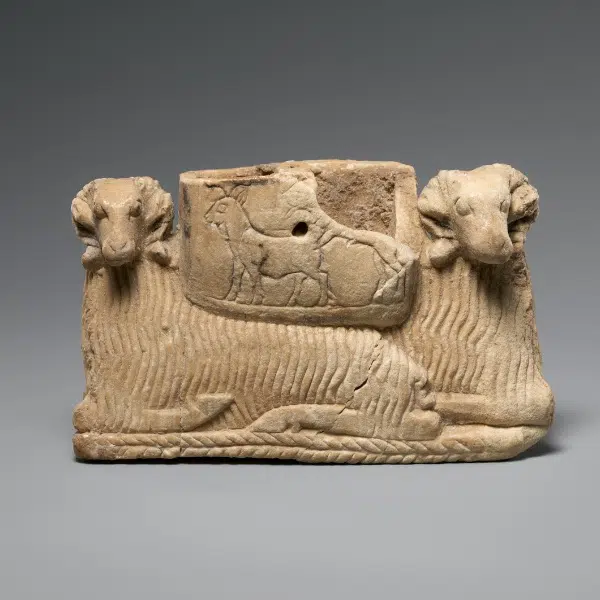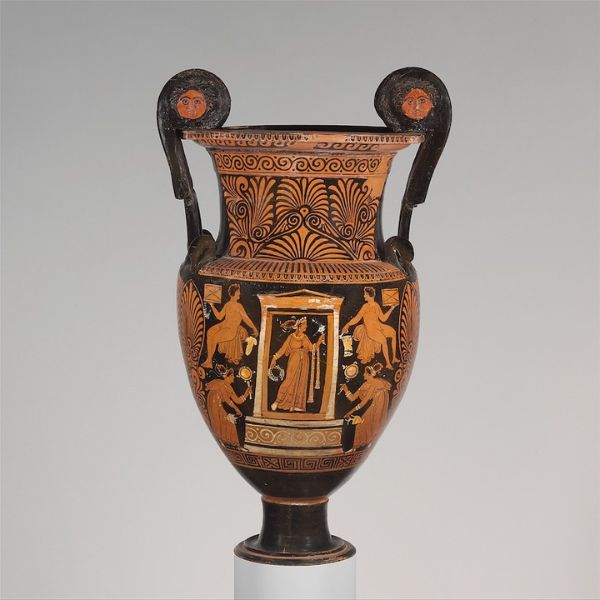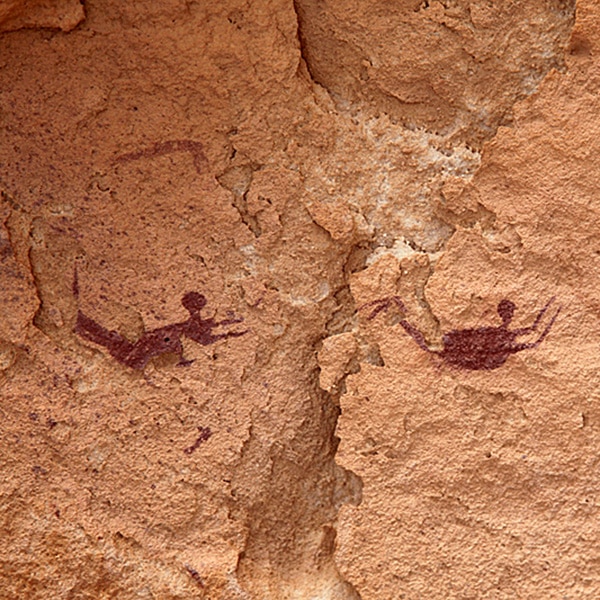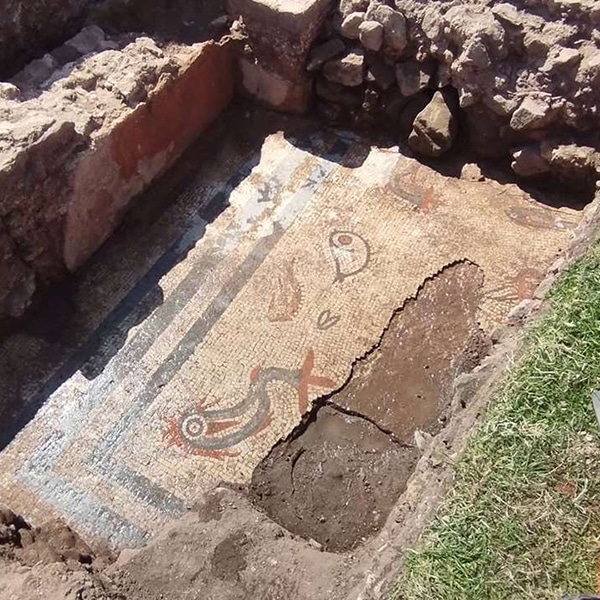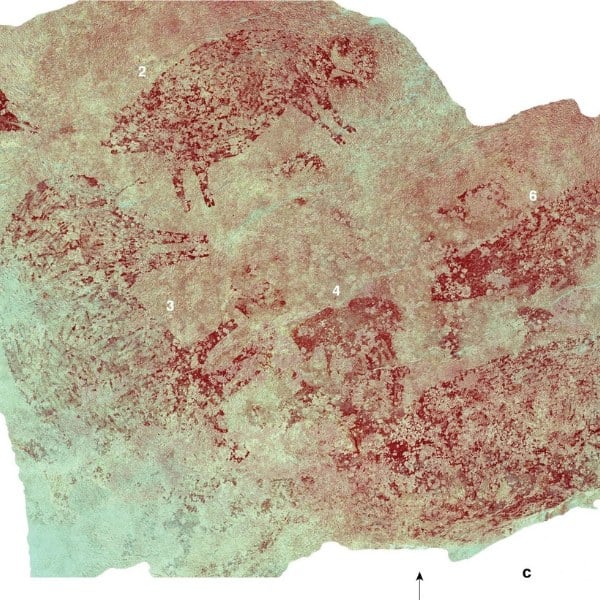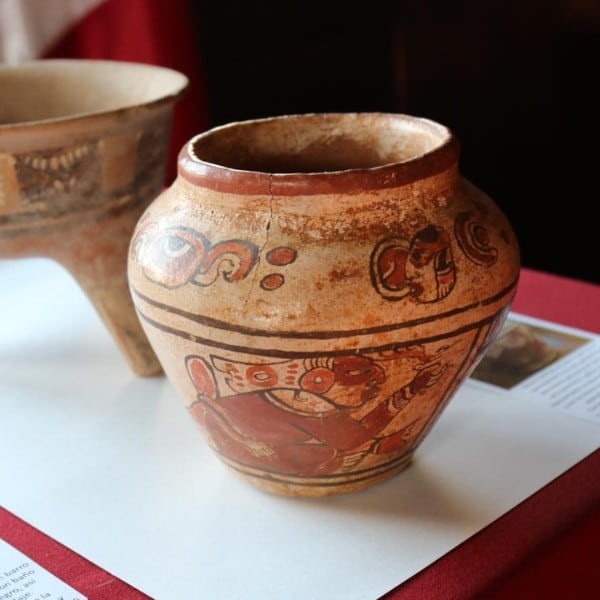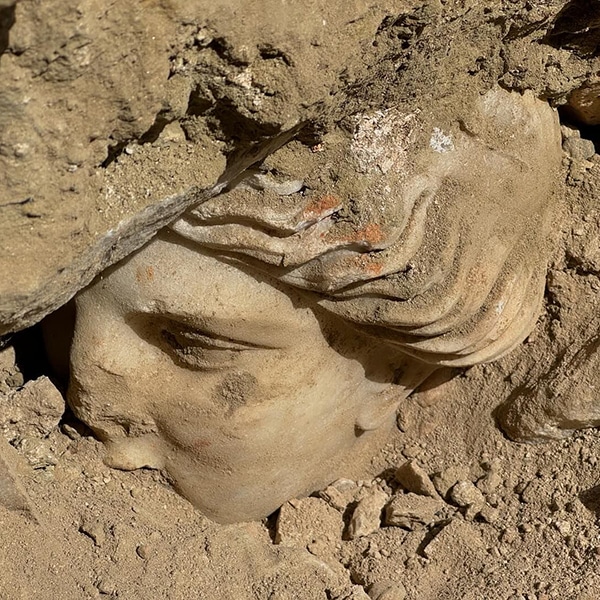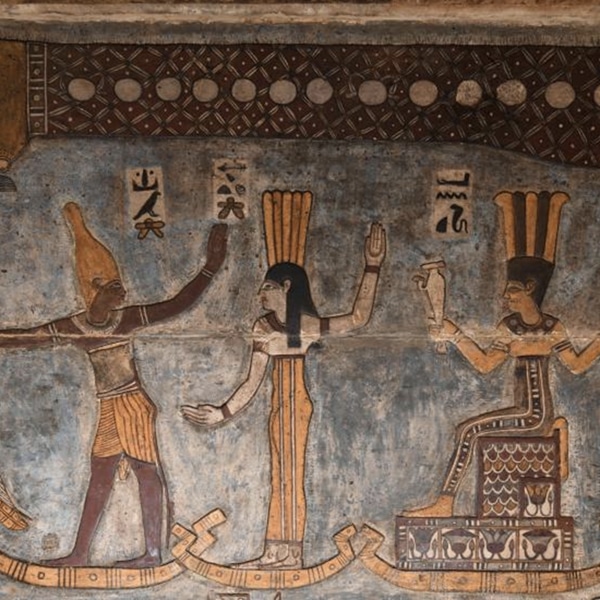
The Atacama Giant in the Atacama Desert in northern Chile. (Photo: Stock Photos from JOSA ARCOS AGUILAR/Shutterstock)
Whether its the pyramids of Egypt or the Great Wall of China, ancient civilizations managed enormous feats of construction which still astound visitors today. In South America, ancient civilizations have left behind ruins and extensive cave paintings which demonstrate impressive technical and artistic skill. The ancient cultures also left behind mysterious geoglyphs—figures and shapes drawn upon the landscape. Often best viewed from above, geoglyphs are found around the world. The subject matter can range from horses to spiders to concentric circles. The largest prehistoric anthropomorphic geoglyph is found in the Atacama Desert, Chile. Known as the Atacama Giant, the figure is 119 meters (390 ft) long and one of many geoglyphs to be found in the region.
The Atacama Giant lies in the Atacama Desert, the driest non-polar desert on Earth. The desert plateau stretches almost 1,000 miles along the coast of Chile and Peru. The desert contains over 5,000 geoglyphs. The earliest of these date to about 800 CE; the latest, to the 16th century. Scattered over the desert in hills, valleys, and plains, these motifs are found alongside tracks which pre-Hispanic civilizations built and used for llama caravans. In fact, llama caravans are depicted in geoglyphs across the Atacama, suggesting the images were somehow deeply linked to the nearby trade routes.
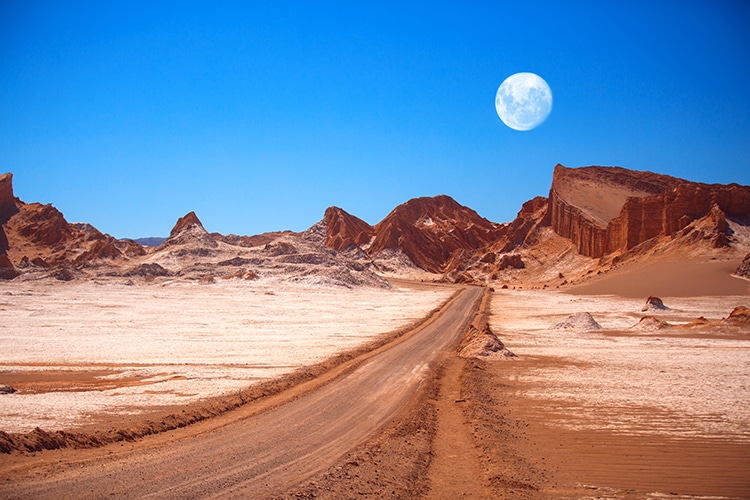
Moon Valley, Atacama Desert, Chile. (Photo: Stock Photos from SKREIDZELEU/Shutterstock)
The geoglyphs include geometric designs such as stepped rhombuses, concentric circles, and arrows. Figures resembling people (or perhaps gods) are also represented performing different activities—for example, hunting. Animals, too, are found among the figures. Llamas, lizards, and monkeys are just a few examples. Scholars believe some animals may correspond to divine rites, such as amphibians being used in water rituals. Modern flight and drone abilities have enabled closer study and better photography of such ancient creations around the world.
Geoglyphs are generally categorized into three types. The first are additive, or positive, meaning that rocks and other materials are strategically piled on top of the ground to create the desired shape. A second type is considered extractive, or negative. In this case, topsoil and other materials are scraped away to reveal differently colored subsoil. A third type of geoglyph is a combination of both styles. While it may seem like these ancient creations would be very ephemeral, a shocking number have survived to modern times. In the Atacama desert, the dry climate likely contributed to the preservation of the thousands of ancient designs still visible today. However, even in wetter climates such as the United Kingdom, geoglyphs such as the Uffington Horse still survive.
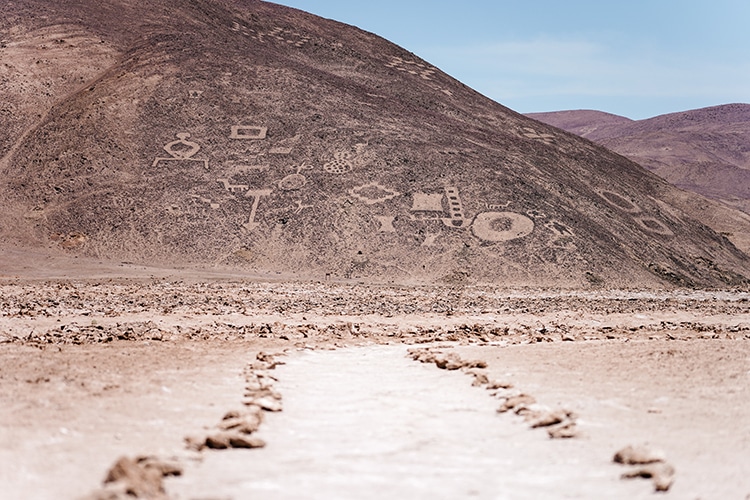
Other geoglyphs in Atacama Desert, Chile. (Photo: Stock Photos from TETRIS AWAKENING/Shutterstock)
The Atacama geoglyphs are thought to have been created by a succession of cultures, including the Inca. However, the purpose of many of the images remains a mystery. Some may have been intended as guiding information for the ancient llama caravans. Others may have been devoted to deities or used in religious practices. The Atacama giant—notable for its size and hillside position on the hill Cerro Unitas—has been assumed to be an astronomical guide. The rays emanating from the figure's head may have represented a headdress, but they align with the moon to tell time in a way that was probably quite practical. By gauging the seasons, the ancients who crafted the hill figure sometime between 1000 and 1400 CE could better predict the rainy season. Hill figures are often thought to have been intended to view from some distance, suggesting the giant may have been strategically placed.

Another giant figural geoglyph; part of the Nazca Lines UNESCO World Heritage Site in Peru. (Photo: Diego Delso via Wikimedia Commons, CC BY-SA 4.0)
Another famous set of geoglyphs are the Nazca Lines, located in the Nazca Desert in Peru. Created earlier than the Atacama images, the Nazca Lines date from about 500 BCE to 500 CE. They draw their name from the heavy use of long lines, created in an extractive style. These lines surround or compose shapes and animals. Spiders, humans, hummingbirds, and more are depicted in the dry soil. Over the years, experts have suggested a variety of explanations for the geoglyphs. Ritual use, representations of constellations, and other astronomical purposes have all been hypothesized. Still others have suggested the lines, in part, performed an important irrigation function. While the true function of the Nazca Lines remains a mystery, much the same can be said of geoglyphs around the world. The clear importance of the sites—and the fascination they hold for modern audiences—suggest that the Atacama Giant and others of its stature will remain the focus of research for years to come.
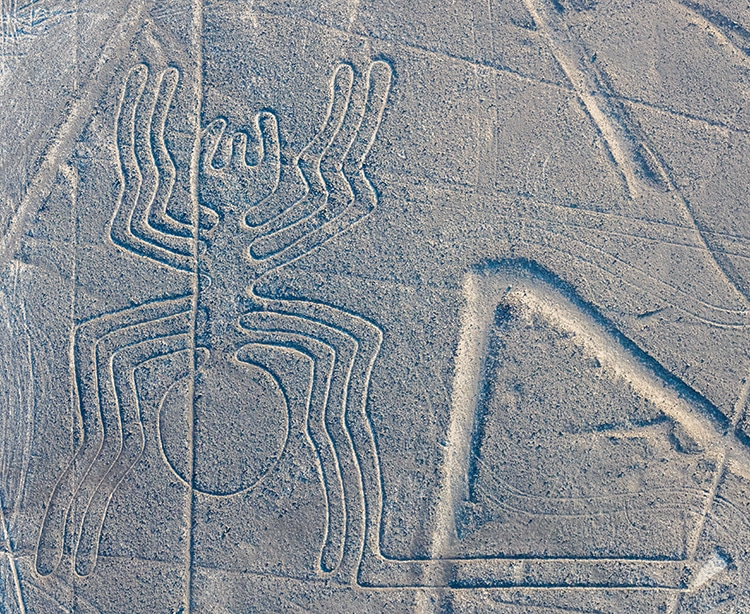
Spider geoglyph; part of the Nazca Lines UNESCO World Heritage Site in Peru. (Photo: Diego Delso via Wikimedia Commons, CC BY-SA 4.0)
Related Articles:
6 Incredible Facts About the Prehistoric Altamira Cave Paintings
15,000-Year-Old Bison Sculptures Are Perfectly Preserved in a French Cave
Discovery of a 9,000 Year-Old Burial of a Female Hunter Challenges Prehistoric Gender Roles












































































